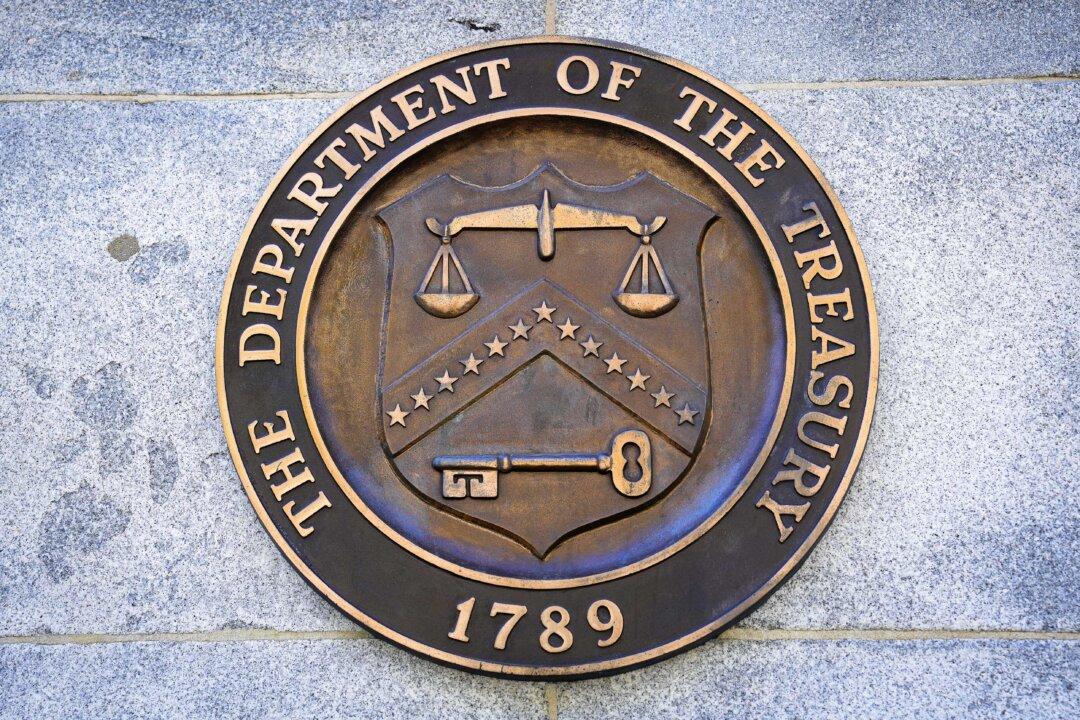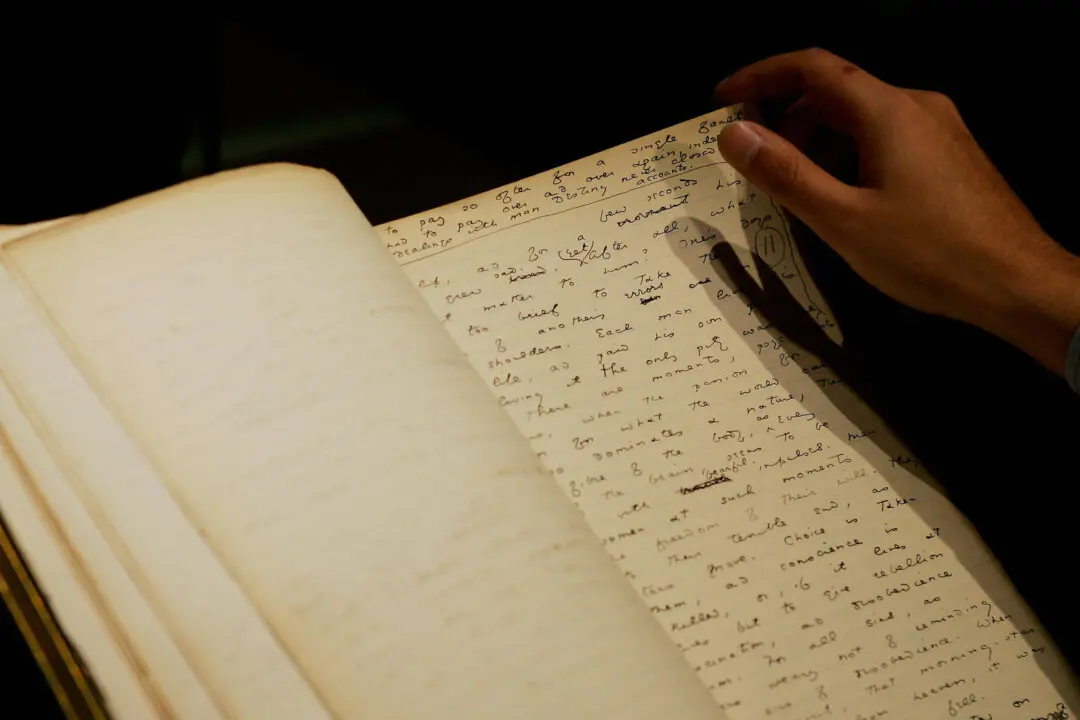Commentary
The Department of Government Efficiency (DOGE) knew exactly where to look on the evening of the inauguration. It went where no one has been in almost 80 years: the payment systems of the Department of the Treasury. That’s the forbidden zone, and DOGE’s entry caused five former secretaries of the Treasury Department to melt down in a panic, protesting that no one but a handful of career civil service employees are allowed in there.





